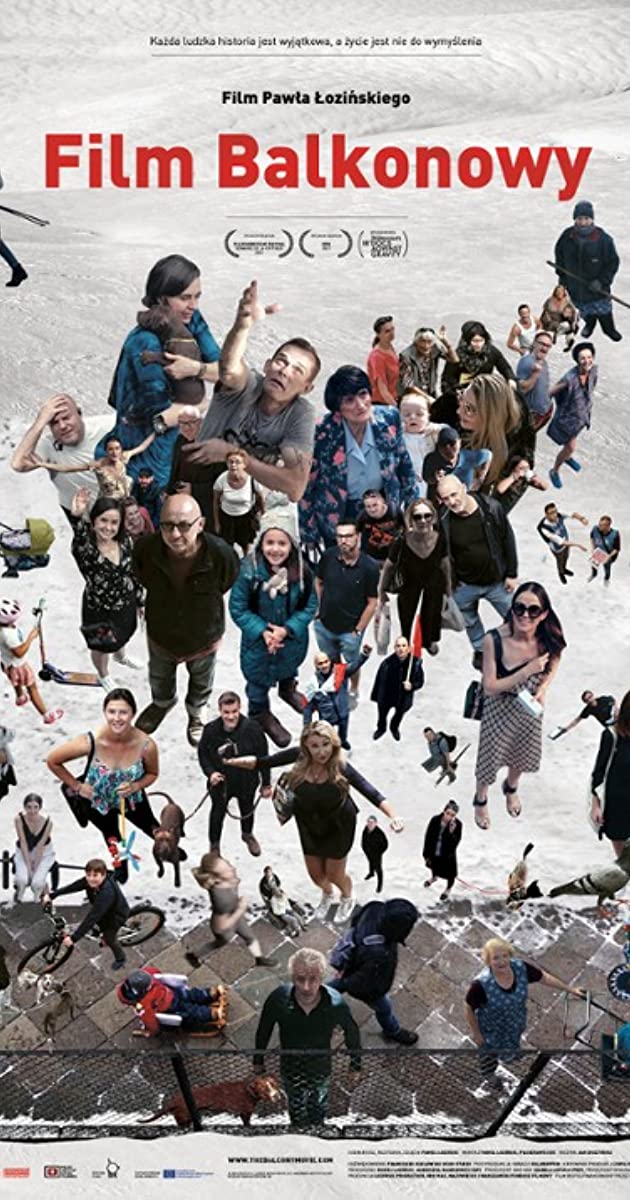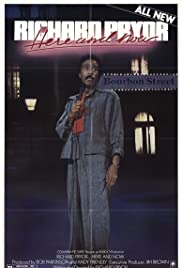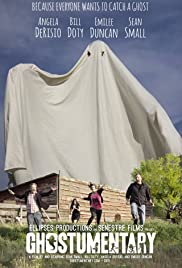
Pablo needs to stop smoking. Why? Because his wife, family and doctor say he should. But Pablo is a stubborn man. He has worked in the mercury mines of Almadén, Spain, risking his life daily. He has had five severe heart attacks and smoked 20 Winston’s a day since he was 12. Now in his seventies, Pablo spends most of his day in front of the TV, surrounded by a cloud of smoke, with his back turned firmly towards a village that has lived through better times. Pablo represents the last generation of Almadén mercury miners, an age-old profession with over 2,000 years of history. Through a straightforward depiction of life’s everyday moments, Pablo’s Winter explores the decay of the local mining culture, but above all, pays homage to its real protagonists: the miners and their families.
You May Also Like

A joyful documentary spotlighting a non profit, founded by an innovative woman, that has been changing lives for over 125 years.

Composed from the conversations that the director holds with people passing by in the street under his Warsaw apartment, each story in ‘The Balcony Movie’ is unique and deals with the way we try to cope with life as individuals. All together, they create a self-portrait of contemporary human life, and the passers-by present a composite picture of today’s world.

Part live stand-up performance, part documentary, this film is one of comedian Richard Pryor’s later stand-up performances. As foul-mouthed as ever, Pryor touches on most of the same topics as in his previous live shows.

Explore the independent horror film scene that Florida has been vigorously pumping out since the invention of film. Jam-packed with Interviews, exploitation, never-before-seen footage and cinema madness. Watch and learn about films new and old in this exclusive documentary made for cult horror fans.

Why is it we never actually see a ghost in the dozens of documentaries out there, yet people claim they see them daily. A non believer, and his film friends seek out to find the truth.

Twenty years after the modern world’s most notorious child murder, the legacy of the crime and its impact are explored.

Rebellion in God’s council. Spirits of dead giants. Rival gods creating chaos. These are the things of myth and fairy tales, right? The Bible tells a different story. In the documentary The Unseen Realm, a light is cast on the strange and enigmatic plane of the supernatural that lies within the pages of Scripture. And what we discover are two distinct worlds—with vastly different inhabitants—created and ruled by one loving triune God. Based on the book by Michael Heiser. Featured exclusively at: faithlifetv.com/the-unseen-realm

Untold stories behind the culture-defining and newsmaking musical performances, sketches and cameos of the past 50 years.

A wall can be a barrier. It can be a structure of limitation or a source of repression. For the Inside Out Project, a wall is a canvas, and so are sides of trains, the arches of bridges and the steps leading to Brooklyn brownstones. This fascinating documentary tracks the evolution of the world’s largest participatory art project, the wildly popular Inside Out. From Haiti to Tunisia, South Dakota to the streets of Paris, French artist JR motivates communities to define their most important causes by pasting giant portraits in the street, testing the limits of what they thought possible. The power of paper turns people who feel without voice into unlikely activists by empowering them with their own images.

For decades, the pursuit of adventure, deep powder and massive spines has taken professional skiers like Mark Abma and Michelle Parker to the far reaches of the globe. As skiers, the desire to seek more and to escape is ingrained in our DNA. But that doesn’t mean our immediate surroundings don’t possess their own special treasures. Presented by Toyota, Matchstick Productions brings to you their newest creation, THE STOMPING GROUNDS.

A sometimes uncomfortable marriage between fact and fiction, this film is part documentary and part drama, mixing actual war footage with reenactments in which real veterans of the Korean War portray members of a platoon sent out on a reconnaissance mission near the end of the conflict. Though peace is imminent, violence unexpectedly erupts. A day that begins with the calm and mundane is transformed into a heated battle that typifies the cruel and unpredictable nature of war.

In Chapter 3 of Biohack Yourself, the spotlight is on the transformative technologies of light therapy, frequency modulation, and hyperbaric innovation